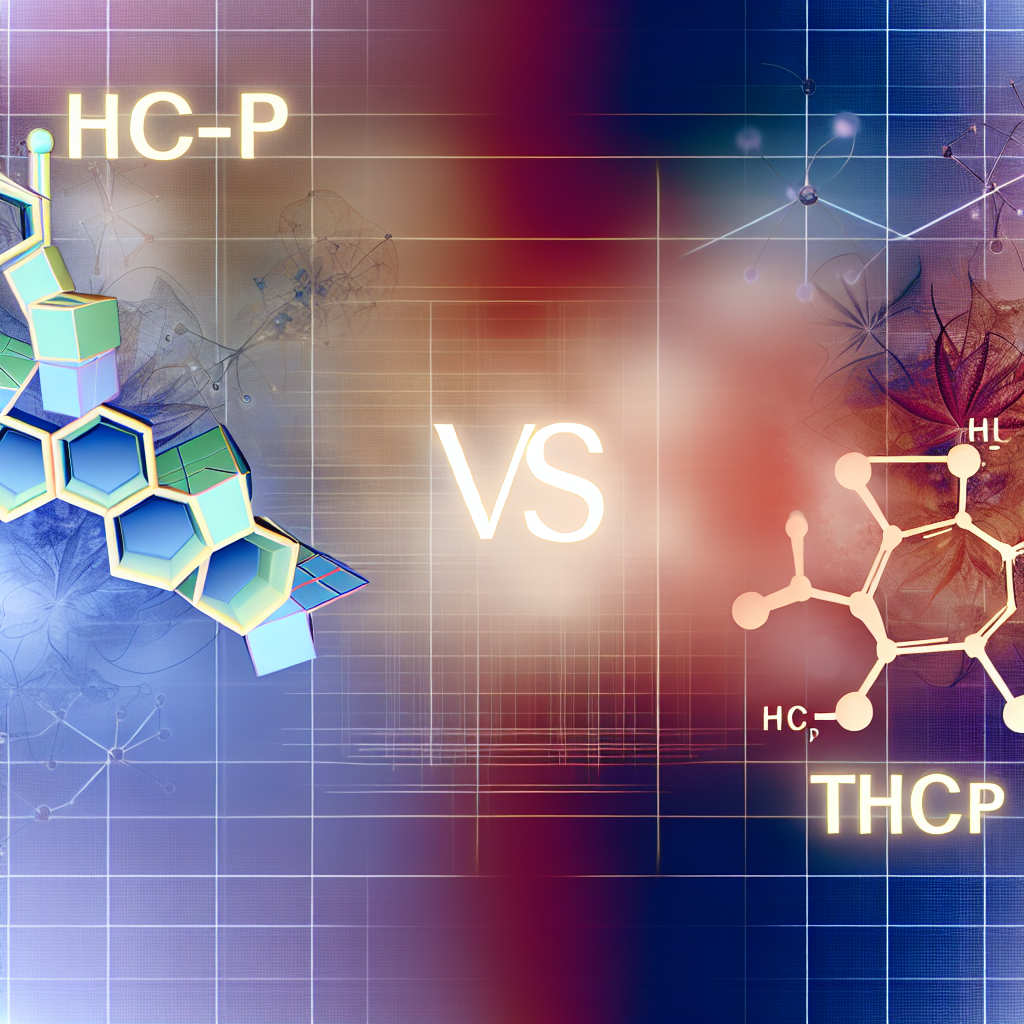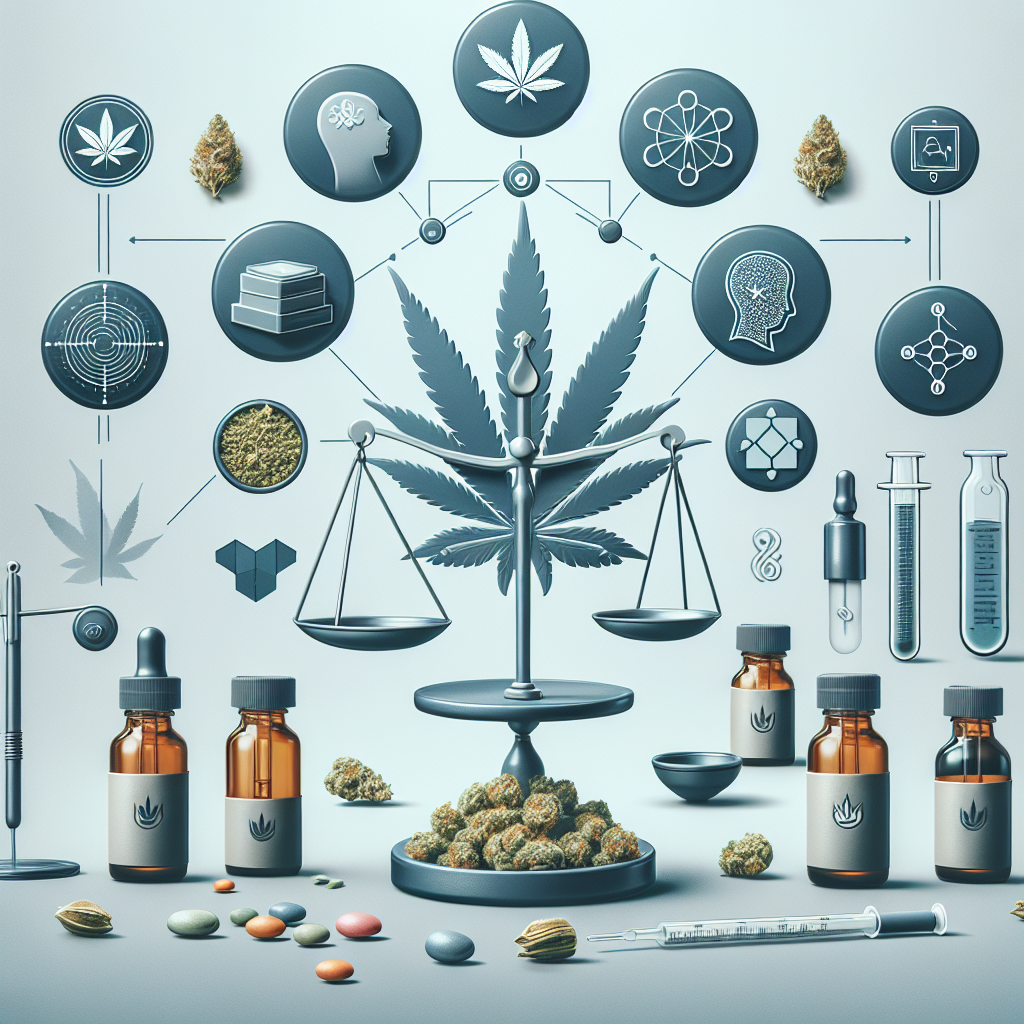HHC-P vs THC-P: Next-Generation Cannabinoid Showdown
Exploring the science, effects, and future of two of the most potent cannabinoids in the hemp-derived space.
Introduction: Understanding the Cannabinoid Evolution
As the cannabis industry continues its meteoric rise, a tidal wave of new, semi-synthetic cannabinoids has entered the marketplace, each promising unprecedented potency and novel therapeutic or recreational benefits. Among the most buzzworthy are HHC-P (Hexahydrocannabiphorol) and THC-P (Tetrahydrocannabiphorol)—two next-generation cannabinoids that are structurally similar but deliver notably different effects.
THC-P was first discovered in 2019 by a team of Italian scientists and is now known to be up to 33 times more active at CB1 receptors than delta-9 THC, the primary psychoactive component of cannabis. HHC-P is a hydrogenated derivative of THC-P, making it more stable and resistant to heat and UV damage.
The showdown between HHC-P and THC-P isn’t just about potency. Questions of bioavailability, therapeutic use, legality, and long-term safety are increasingly critical as these cannabinoids enter the consumer market.
CB1 Receptor Affinity: The Science Behind the High
The key to understanding both THC-P and HHC-P lies in their interaction with the endocannabinoid system (ECS), particularly the CB1 and CB2 receptors. THC-P has demonstrated exceptionally high binding affinity with CB1 receptors, which is associated with euphoria, pain modulation, and psychoactivity. HHC-P, while relatively new, is believed to approach similar CB1 receptor affinity, possibly slightly lower than THC-P but offset by improved metabolic stability.
Effects, Duration & Therapeutic Potential
Early data suggests that HHC-P‘s effect profile may be influenced by its metabolic resistance and lipophilicity, potentially leading to longer duration and a delayed peak effect. This would make it more amenable for controlled dosing in medical situations such as chronic pain, anxiety, or sleep disorders. THC-P is gaining traction in high-potency recreational products, while HHC-P is finding its niche in wellness and sedation-based offerings.
Legal Landscape & Compliance Challenges
Legally, both cannabinoids exist in a murky zone. Derived from hemp, they are technically compliant under the 2018 Farm Bill in many jurisdictions. However, with increasing federal scrutiny and state-level bans emerging on synthetic or modified cannabinoids, cannabis entrepreneurs must keep pace with evolving regulations.
Conclusion: The Future of Cannabinoid Customization
As cannabis science evolves, the line between plant biology and precision chemistry becomes increasingly blurred. HHC-P and THC-P represent the cutting edge of this transformation, offering advanced options for both recreational users and medical patients seeking personalized cannabis experiences.
Concise Summary:
HHC-P and THC-P are two of the most potent next-generation cannabinoids in the hemp-derived space. While they have similar structures, they deliver notably different effects due to their unique interactions with the endocannabinoid system. Understanding the science, legal landscape, and therapeutic potential of these cannabinoids is crucial for cannabis professionals and consumers as the industry continues to evolve.
References:
Citti et al., 2019
U.S. Hemp Authority, 2018
Leafly, 2022
ACS Laboratory, 2023



